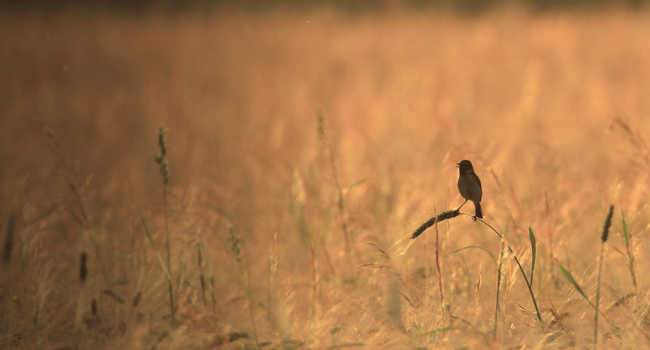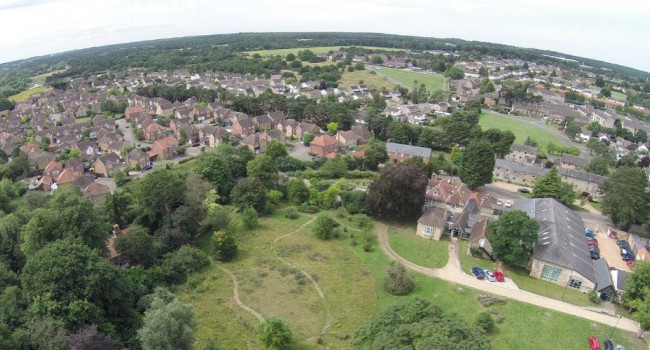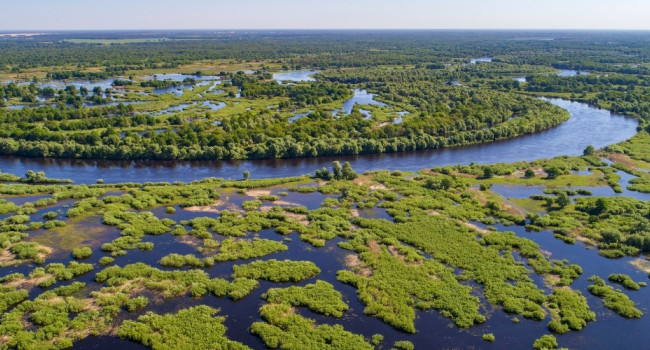Habitat diversity and structure regulate British bird richness: Implications of non-linear relationships for conservation
Author(s): Carrasco, L., Norton, L., Henrys, P., Siriwardena, G.M., Rhodes, C.J., Rowland, C. & Mortona, D.
Published: August 2018 Pages: 8pp
Journal: Biological Conservation Volume: 226
Digital Identifier No. (DOI): 10.1016/j.biocon.2018.08.010
Abstract
Spatial environmental heterogeneity (EH) is an important factor determining species richness among many taxa across spatial scales. Increased EH may support higher diversity mainly by providing a higher number of ecological niches. However, the shapes of the EH-diversity relationships and their influence on diversity measures at landscape scales are poorly understood. We used random forests regression models to assess the relationships between different components of EH and bird species richness across Great Britain. Bird data were obtained using BTO/JNCC/RSPB Breeding Bird Survey methods across 335 UK Countryside Survey (CS) 1-km squares in 2000. Data on components of EH, including; vegetation, habitat diversity, and habitat structure were collected in associated field surveys. Using the results of our EH component-bird richness models, we applied the case of the likely decline of the ash tree, a species of conservation concern and a key component of British landscape complexity, to create predictive scenarios of future bird richness. We found that EH components had a strong positive effect on bird richness and identified six key components that explained over 70% of variance in bird richness. Bird richness responses were strongly dependent on the specific EH components and were generally non-linear, especially for habitat structural variables, such as lines of trees and hedges. Our predictive scenarios showed a decrease in bird species richness only for simulated ash tree decreases within the habitat structural variables of over 90%, and only for areas where this tree species was a particularly abundant component of the landscape. Our findings, showing that bird richness responses differ for EH components, and that non-linear responses are common, could help the ‘design’ of landscapes that enhance bird diversity. In particular, our study indicates that, in some cases, increasing the occurrence of key structural components of habitat (such as ensuring a minimum of 700 m of managed hedges or a minimum of 70 individual trees per km square), could have disproportionally positive impacts on bird richness.







Share this page